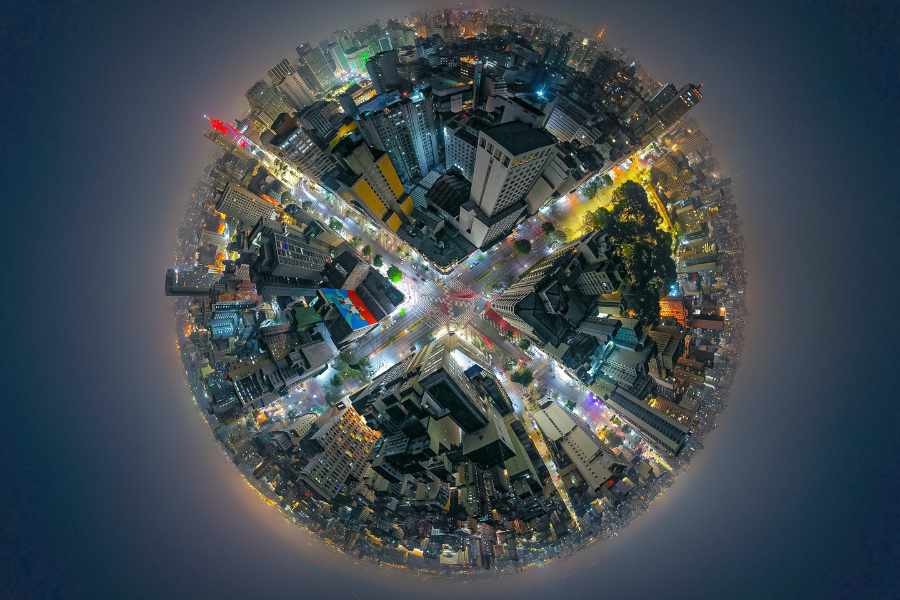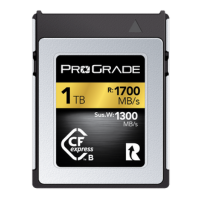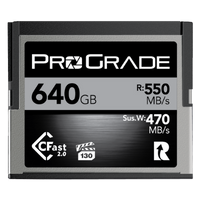In the ever-evolving world of videography, where storytelling and visual communication continually push the boundaries of creativity, 360-degree videography stands out as a revolutionary leap forward. This immersive form of content creation has transformed the way we experience videos, breaking free from the confines of traditional frames and opening up a world of new possibilities.
In this article, we’ll explore the profound impact of 360-degree videography, its role in enhancing viewer engagement, and the exciting opportunities it offers to content creators. Interested in redefining how people connect with visual narratives? Keep on reading!
A Glimpse Back: The Journey of 360-degree Videography
Remember that exciting moment when you first encountered that friendly yellow figurine on Google Maps? It was like being handed a magic wand that could transport you to any corner of the world and let you look around as if you were physically there. For most of us, that was the very first interaction with 360-degree content and marked the beginning of an immersive revolution.
But the journey into the 360-degree world began long before 2007 when we started digitally roaming the bustling streets of New York, exploring historic lanes in London, or soaking in the serene grandeur of the Grand Canyon. The desire to explore beyond the constraints of a single frame can be traced back to the late 1800s. It was then pioneers like William England began using wide-angle lenses and specialized techniques to capture sweeping landscapes, cityscapes, and historical scenes in a single photograph. While these early panoramic photos were static images, they represented the beginning of the human fascination with capturing and conveying a broader perspective of the world.
However, the true leap into the immersive world awaited in the early 2000s when dedicated 360-degree cameras entered the scene. These devices brought us closer to the dream of experiencing the world from every angle. Suddenly, immersive storytelling was not confined to experts but a tool available to all. Shortly thereafter, major platforms like YouTube and Facebook embraced this technology, making 360-degree video readily available to viewers worldwide.
Transforming Industries: The Reach and Impact of 360-degree Videography
360-degree videography has ushered in a wave of innovation, finding applications across diverse industries and sectors, from entertainment to education and beyond. Here, we explore the myriad ways in which this immersive content has made an impact.
Virtual Tours and Travel
One of the most striking applications of 360-degree videography is in the realm of virtual tours and travel experiences. From touring cultural landmarks to exploring exotic destinations, viewers can embark on journeys from the comfort of their devices. This technology has redefined the way we explore the world, offering a tantalizing glimpse of places we may never physically visit.
Have you always wanted to see the Mona Lisa by Leonardo da Vinci but have no plans to visit Paris any time soon? No problem. You can enjoy the Louvre at home! Louvre virtual tours take you to the museum’s galleries, where you can admire the palace’s architecture and enjoy every little detail of the art presented! All that is completely free.
Not a fan of the Louvre? Feel free to tour the Guggenheim Museum in New York, Museu de Arte de São Paulo (MASP) in Brazil, The Van Gogh Museum in Amsterdam, or hundreds of other museums worldwide.
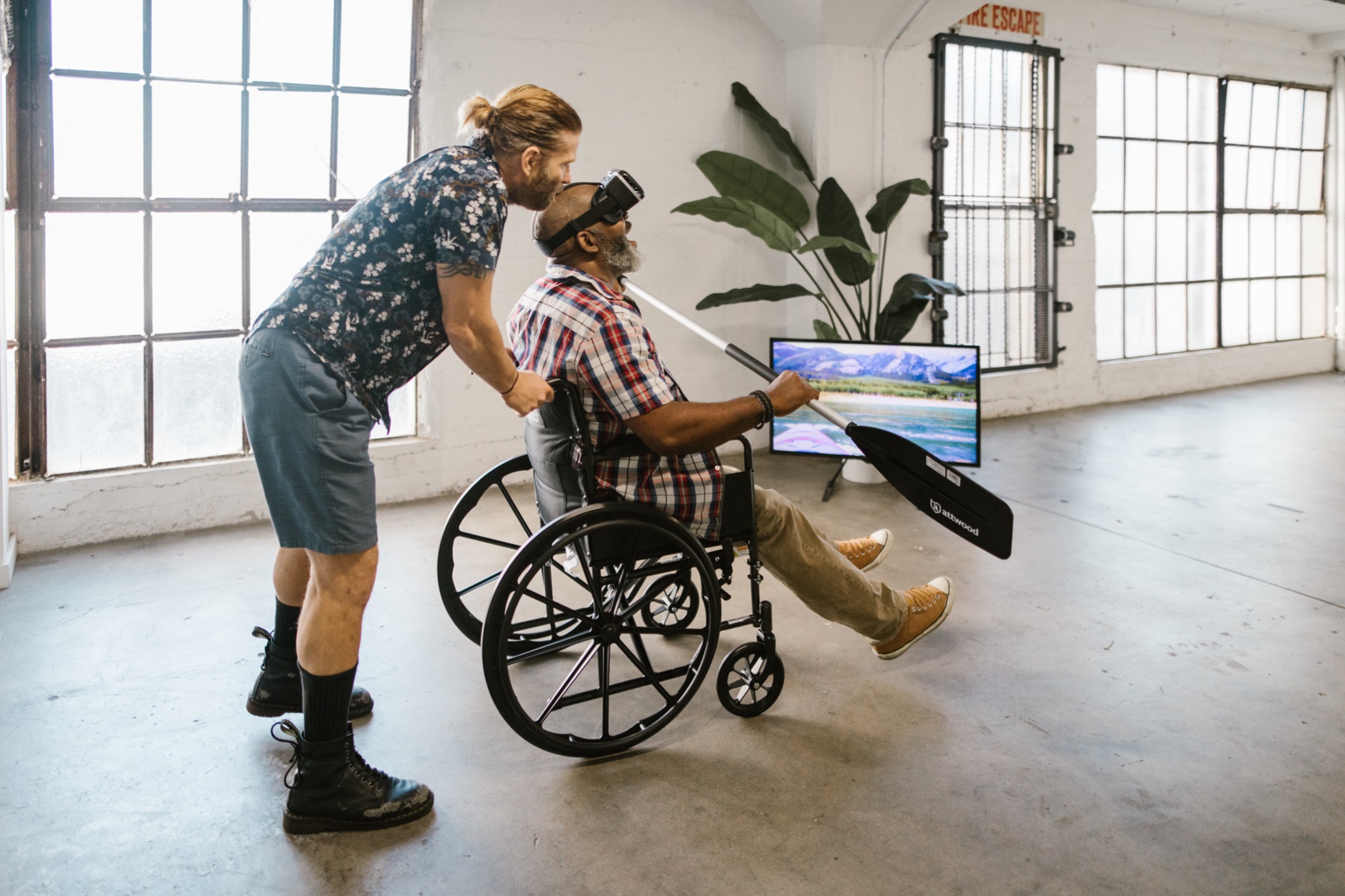
Gaming and Entertainment
The world of entertainment and storytelling is another domain where 360-degree videography has been a game-changer for viewer experience. It immerses audiences in narratives, enabling them to explore scenes from every angle. Whether experiencing a live concert, diving into a cinematic universe, or participating in interactive theater, this technology adds depth and dimension to our entertainment experiences.
In gaming, 360-degree videography blurs the lines between the virtual and real, creating immersive environments that pull players into the heart of the action. Virtual reality (VR) gaming, in particular, has harnessed this medium to offer players unprecedented levels of engagement and interactivity.
Education and Training
Educators and trainers have also embraced 360-degree videography as a powerful educational tool. It allows for immersive learning experiences, enabling students to step into historical events, explore the human body, or participate in realistic simulations. This technology fosters deeper understanding and engagement in educational settings.
Even the medical and healthcare sectors have harnessed the potential of 360-degree videography. Surgeons can use 360-degree video for training and surgical planning.
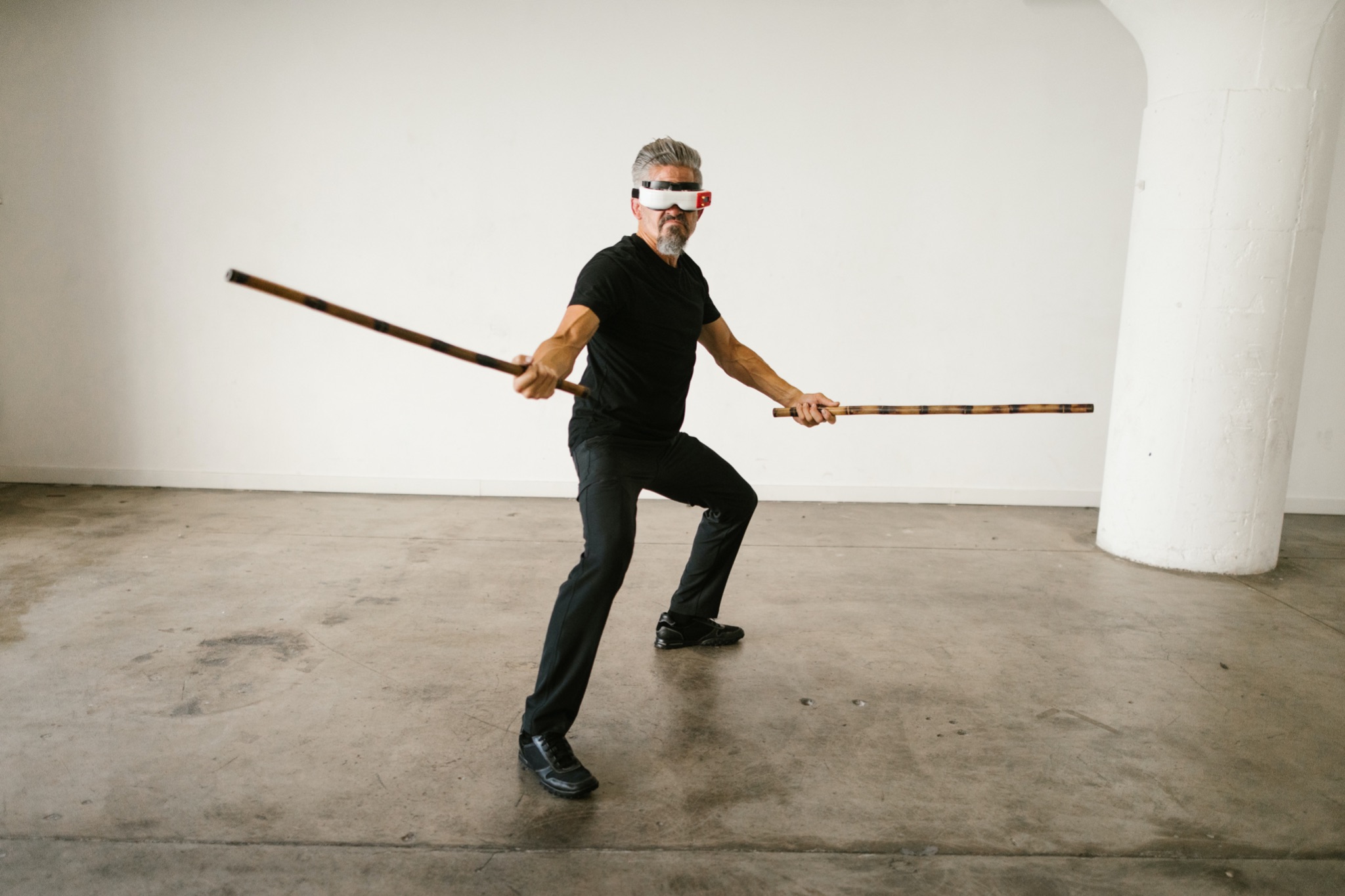
How to Shoot 360-degree Video?
Shooting a captivating 360-degree video involves a unique set of techniques, considerations, and videography tools. By selecting the right equipment, mastering framing techniques, and addressing common challenges, you can embark on a journey to craft immersive and captivating 360-degree content that captivates your audience.
360-degree Video Equipment
When it comes to equipment, 360-degree video creation boils down to 3 essential things:
- 360-Degree Camera – Start by selecting a dedicated 360-degree camera. Brands like Insta360, GoPro, and Ricoh offer user-friendly models. These cameras capture a full sphere of view, all while simplifying the shooting process.
- Sturdy Tripod – A stable base is critical for shooting 360-degree videos. Invest in a sturdy tripod that won’t wobble, as even minor vibrations can affect the final footage.
- Remote Control – In 360-degree videography, the entire scene is captured in the shot, leaving no room for the camera operator or crew to stand outside the frame as they would in traditional video production. Pick the camera that comes with a remote control or the smartphone app that serves as a remote control. This feature allows you to operate the camera without being in the frame.
Framing and Composition
Keeping viewers engaged throughout a 360-degree video can be a challenge. Crafting a compelling narrative and guiding viewers’ attention to key points of interest within the environment is critical. This requires a unique approach and understanding of the medium.
Unlike traditional videography, where you focus on a single frame, 360-degree videography demands a shift in mindset. Everything in the frame is visible, so consider the entire environment when composing shots.
Pay special attention to the nadir (the point directly below the camera) and zenith (the point directly above). These areas can be challenging to capture, but they play an important role in creating a seamless experience.
Common Challenges
- Stitching Errors – Stitching together footage from multiple lenses can sometimes result in errors or seams. Ensure camera stability for proper alignment during shooting and consider using post-processing software for corrections.
- Tripod Removal – Removing the tripod from the shot can sometimes be tricky. Some camera software does this automatically. But in general, when shooting 360-degree video, you want to befriend editing software plugins for planar motion tracking, rotoscoping, object removal, and image stabilization. Like Mocha Pro, for example.
- Unwanted Reflections – Be mindful of reflections, especially if shooting indoors or near reflective surfaces. You often need to adjust lighting and camera placement to minimize unwanted reflections.
Conclusion: The Expanding Horizons of 360-Degree Videography
The future of 360-degree videography holds exciting possibilities, with technological advancements like higher resolution, improved VR integration, and enhanced interactivity on the horizon. At a time when it may feel like everything has been done in the world of traditional film and video, 360-degree video offers a novel and uncharted path, ready to reward bold, pioneering creators.
It’s not just about utilizing it because it’s available; it’s about crafting a story that is best told via 360-degree video. So, what’s holding you back? Go venture deep into this unexplored territory, where innovation knows no bounds and the art of storytelling finds new life.
Need a memory card for your 360-degree camera? Go with the ProGrade Digital microSD Memory Card – the trusted companion of professional filmmakers.
